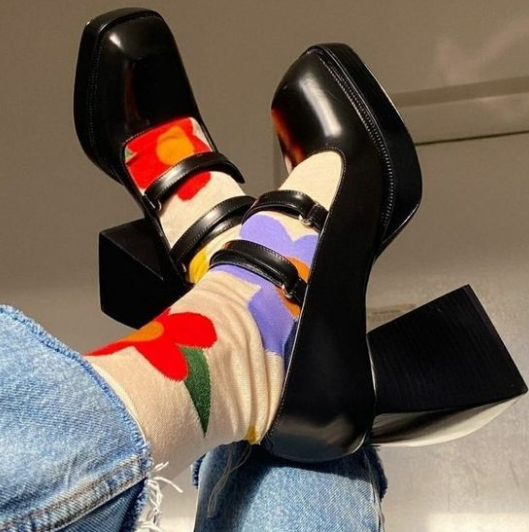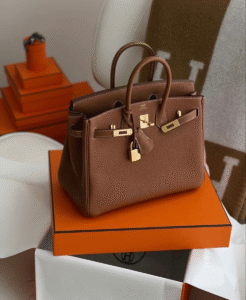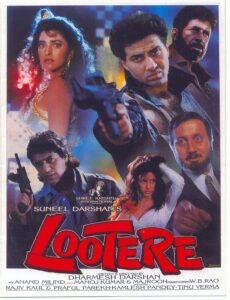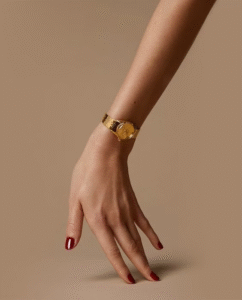Let The Raven Talk
“Millennials and Gen Z are adopting secondhand fashion 2.5 times faster than other age groups.” – ThredUp

The world of fashion is ever-evolving, and a captivating trend has taken center stage – the explosion of secondhand fashion among Millennials and Gen Z. According to ThredUp, these younger generations are embracing pre-loved clothing at a rate 2.5 times faster than their elders, driven by a confluence of factors like environmental consciousness, the quest for unique pieces, and the growing accessibility of luxury items in the secondary market.
A RESALE MARKET ON THE RISE

A comprehensive report by Boston Consulting Group and Vestiaire Collective predicts the global resale market to reach a staggering $64 billion by 2025, with the luxury segment growing twice as fast as the broader fashion industry. In just the US, Global Data estimates the total resale market to hit $175 billion by 2023. The luxury segment itself is expanding at a phenomenal 12% annually, outpacing the primary market’s modest 3% growth. Currently valued at $24 billion, the secondhand luxury market represents around 7% of the $365 billion personal luxury goods market, with projections indicating a doubling of its value over the next five years. Online resellers like ThredUp are playing a pivotal role in fueling this growth, surpassing the impact of traditional brick-and-mortar stores.
Attributing this surge solely to “sustainability” would be an oversimplification. A significant portion of the consumer segment for vintage luxury and fashion is driven by the rise of archival fashion moments on red carpets and the aspirational mindset of the new wave of consumers, who correlate luxury ownership with success and status.
“The resale market also acts as a point of entry-level access for young customers who can’t yet shop full price luxury”, – CEO Sébastien Fabre.
UNVEILING SECONDARY MARKET
The secondary market for premium and luxury goods is where consumers buy and sell pre-owned designer items. This market encompasses various categories, including apparel, electronics, and home goods. Sellers can consign their goods to a resale store or directly sell them, while buyers enjoy the prospect of acquiring designer items at discounted rates through online platforms.
Celebrity Endorsement: From Kardashians to Rogue Studios
Celebrity endorsement has further propelled pre-owned luxury goods into the spotlight. The Kardashians-Jenners, for instance, launched Kardashian Kloset, an e-commerce site selling pre-owned clothing, shoes, and handbags from the celebrity family. Social media stars like Emma Rogue (@emmarogue) curate vintage pieces alongside her designs and collaborations, fostering a community vibe and attracting both established vintage enthusiasts and younger demographics. Other stores like the Jennie Walker Archive (@thejenniewalkerarchive) offer dives into vintage MOSCHINO pieces.
RESALE POWERHOUSES: THE REALREAL, VESTIAIRE COLLECTIVE, TRADESY, AND THREDUP

Resale platforms like The RealReal, Vestiaire Collective, Tradesy, and ThredUp are reshaping the landscape with their substantial impact and funding. Vestiaire Collective has observed American popularity for French designers like Isabel Marant, with 90% of second-hand items being snapped up by U.S. customers. Gucci’s rapid ascent to a top five brand within five months on Vestiaire Collective underscores the enduring impact of exceptional designs, influencing both the original and second-hand markets.
On the other hand, The RealReal emphasizes environmental consciousness with its Sustainability Calculator, while Tradesy excels in assessing brand value over time, revealing that classic designer bags retain 70 to 90% of their original worth, promoting luxury items as not only accessories but as smart investment options.
Lastly, ThredUp, driven by technology and a mission to inspire a new generation to think second-hand first, simplifies buying and selling and educates the public about the positive impact of their shopping decisions. These platforms collectively showcase a transformative shift toward sustainability and value within the luxury resale market.
BRAND COLLABORATION: EMBRACING THE RESALE WAVE

Luxury brands are increasingly recognizing the potential of the resale market and forming partnerships with resale platforms to both embrace sustainability and cater to evolving consumer behaviors such as Back in 2017, Stella McCartney made history by being the first fancy brand to support selling its products on The RealReal.
For those contemplating the resale of their Stella McCartney pieces on this esteemed platform, a cool perk awaits them. They get a $100 store credit that they can use to shop at any of Stella McCartney’s retail stores or on their website. It’s not just a resale transaction; it’s a rewarding journey that breathes new life into cherished pieces and allows individuals to explore the latest offerings from Stella McCartney’s collections.
In October 2019, Vestiaire Collective, a resale site that’s been around for ten years, opened a brick-and-mortar store at the Selfridges department store on Oxford Street in London. This store is all about pre-loved luxury fashion, featuring carefully selected secondhand items, including some super rare vintage pieces.
The famous British brand Burberry also joined forces with the luxury marketplace, The RealReal, to promote sustainability. Unlike typical partnerships, Burberry won’t be sending unsold items or exclusive pieces to The RealReal. Instead, they’ve chose to launch a cool pilot program, where a person will get to receive a one-of-a-kind experience, a private styling appointment and a delightful British High Tea experience in certain Burberry stores across the U.S.
BRAND RESISTANCE: A FEW HOLDOUTS
However, not all brands are as welcoming towards the rising popularity of luxury re-sale platform and the resistance to them is quite evident in a few cases.
Notably, Chanel, the renowned French fashion house, has taken legal action against reselling platforms ‘The RealReal’ and ‘What Goes Around Comes Around,’ alleging that these platforms are damaging its reputation by selling counterfeit items. The brand faces challenges in controlling the distribution of its products in the flourishing secondhand market. To address this, Chanel updated its terms, allowing the revocation of customer memberships under reasonable suspicion of purchasing for the purpose of resale, based on observations made in the purchasing patterns of the consumer.

Similarly, Hermes, famous for its coveted Birkin bags, also perceives the second-hand market as problematic. The addition of a clause in their terms absolves the company from liability concerning third-party receipt of ordered products, fearing it could lead to the circulation of fake items.
Nike, the world’s largest athletic brand, has also encountered challenges as some shoppers struggle to obtain its products at original prices and resort to paying higher prices on resale platforms. Resellers are profiting more per sneaker than Nike itself. In response, Nike also updated its terms of sale, reserving the right to limit purchases, cancel orders, or suspend the membership of customers aiming to purchase products for resale purposes. Nike’s new rules serve as a warning to those seeking quick profits in the resale market for their popular kicks.
In a recent move, South Korea’s Fair Trade Commission (FTC) took a firm stance against restrictive terms of service used by major brands like Nike, Chanel, and Hermes. This action, initiated on November 29th, specifically targeted ten clauses within the brands’ terms of service, with a focus on resale restrictions and related issues.
The FTC labelled these clauses as blatant violations of consumer rights, putting a strong emphasis on consumers’ freedom to choose whether to possess or sell purchased items through secondary transactions. Criticizing unconditional post-purchase restrictions imposed by businesses, the FTC deemed the subjective application of “resale purposes” as unfair under contract law. Consequently, rectifications were introduced, particularly addressing order cancellations and limiting compensation for damages to specific losses. These changes are geared towards creating a more equitable environment for consumers involved in transactions within South Korea.
THE FUTURE OF LUXURY RESALE
“The resale market leads to customers making more purchases at retail. When a customer knows she can resell her item, she’s going to be willing to pay a little more for it.” – CEO Tracy DiNunzio

The secondhand luxury market is undeniably here to stay and reshape the fashion industry. It’s a win-win situation for both environmentally conscious consumers and brands looking to tap into a lucrative and ever-growing market segment. By embracing collaboration, innovation, and a customer-centric approach, luxury brands can thrive in this new era of conscious fashion.








